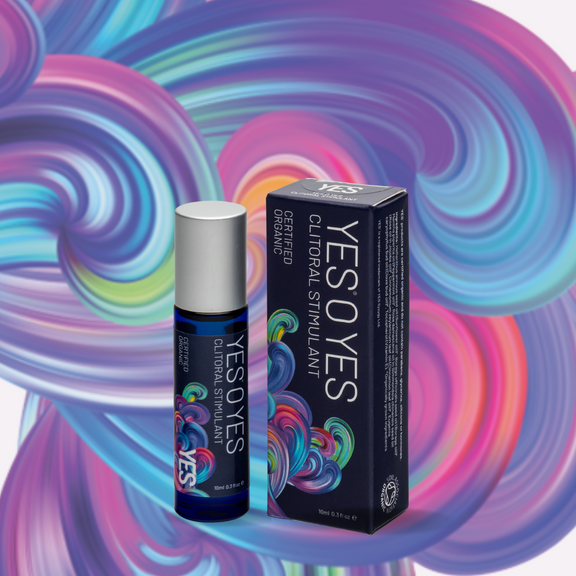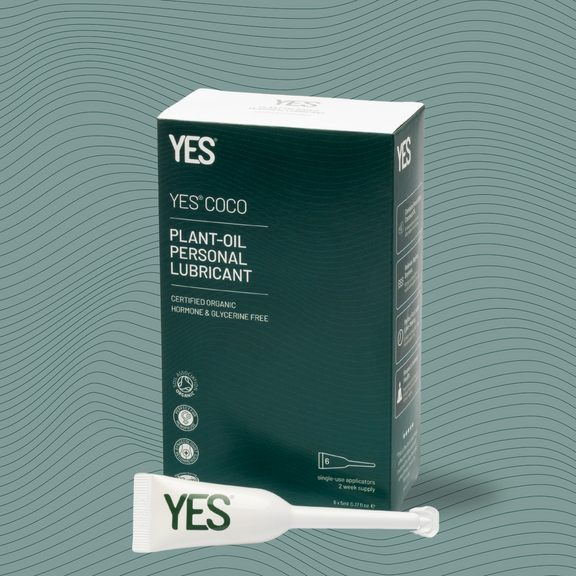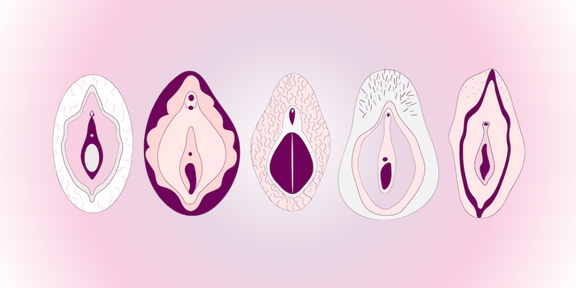Understanding Clitoral Atrophy (and What to Do About It)
Another day, another female health challenge…
Clitoral atrophy isn’t really talked about all that much – which is borderline criminal in our humble opinion because it affects your ability to orgasm! And the female orgasm has no place being pushed back into the shadows.
In this blog, we’re going to walk you through:
- What causes clitoral atrophy
- Tell tale signs that you have clitoral atrophy
- What you can do to manage clitoral atrophy
- How clitoral atrophy differs from vaginal atrophy
But first, let’s take a look at what it is.
What is clitoral atrophy?
Clitoral atrophy refers to a loss of sensation in the clitoris. While the clitoris is capable of producing intense sensations when you’re sexually aroused, clitoral atrophy occurs when your clitoris is no longer functioning in the way that it should (in other words, it stops responding to sexual arousal). In extreme cases of clitoral atrophy, the clitoris can even disappear.
Your clitoris might only seem like a small nub of spongy tissue, but it’s actually a complex network of nerves and erectile tissue that extends inside your body. These nerves become sensitive when you’re aroused because they fill with blood – and because your clitoris is key to being able to reach orgasm, loss of sensation is a serious concern.

What causes clitoral atrophy?
Clitoral atrophy after childbirth and clitoral atrophy after cancer treatment are the most common search terms relating to this condition. Women are suffering in silence – but we have nothing to be ashamed of. If you’ve been through childbirth, cancer treatment, or any other major hormonal upheaval, you are nothing less than a warrior.
Everything from hormonal changes to a loss of blood flow can cause clitoral atrophy, but did you know that infrequent use is another common culprit? People who aren’t sexually active are more likely to experience clitoral atrophy – but that doesn’t mean you need a partner. Sex toys can provide more than adequate stimulation!
The loss of blood flow often found in cases of clitoral atrophy may occur because of infrequent use, but this can also be down to anything that disrupts your hormones – such as:
- Menopause
- Perimenopause
- Pregnancy
- Hysterectomy
- Cancer treatment
- Starting birth control
What are the symptoms of clitoral atrophy?
If you’re not sure whether you’re experiencing clitoral atrophy, look out for the following common signs:
- A reduction in or loss of sensation around the clitoris
- A decreased response to clitoral stimulation
- A “disappeared” clitoris that you can no longer feel, even when aroused
- A dip in sex drive
If you’re experiencing any of the above, the good news is that there are steps you can take to restore sensation to the clitoris.
How can you manage clitoral atrophy?
Regular sex or masturbation are both great ways to increase blood flow to the clitoris – as is cardio exercise! If your flow has already started to wane don’t worry – it’s not gone for good. Masturbation with suction toys – such as this selection from Womanizer or Bondara – can help to restore blood flow, and bring back the sensation your clitoris deserves!
The trouble is, if you’re experiencing clitoral atrophy, sex and masturbation might be the last things on your mind. Soreness and dryness are common side effects of clitoral atrophy, so you have to tread (or play) carefully. To make the experience as comfortable and enjoyable as possible, try an oil-based lubricant like YES® OB. Oil helps to sooth the area and provides a protective ‘film’ to nurture your intimate health.
Once you’re a little less sore, you can move on to our organic clitoral stimulant oil YES® O YES. With a unique blend of organic oils, YES® O YES:
- Stimulates desire
- Quickens arousal
- Excites sensation
- Intensifies pleasure during foreplay and at climax
Remember: sexual health is never something to feel ashamed of or embarrassed by. If you’re experiencing sexual health issues, we would always advise speaking with your GP or gynaecologist.

How does clitoral atrophy differ from vaginal atrophy?
Vaginal atrophy is more common (and more commonly talked about) than clitoral atrophy.
Commonly associated with menopause and perimenopause, vaginal atrophy occurs when a drop in oestrogen causes the vaginal tissue to become thin, dry and inflamed. Other symptoms of vaginal atrophy include:
- Burning in the vagina
- Shortening and tightening of the vaginal canal
- Blood spotting after sex
- Pain or discomfort during sex
There are also urinary symptoms, such as:
- Pain or burning when you wee
- Needing to wee more often
- Experiencing UTIs more frequently
- Urinary incontinence
If you’re experiencing vaginal atrophy, a decent vaginal moisturiser – like YES® VM – can quickly relieve vaginal dryness and itching. And because it’s pH-matched to the vagina, it works in harmony with your body, and won’t worsen symptoms of clitoral atrophy if you’ve got the double whammy!
We’re all about making vaginas happy, so whether you’re experiencing clitoral or vaginal atrophy, or you just want to give your vagina the red-carpet treatment, take a look at how we’re restoring confidence (and pleasure) to women all over the globe.







